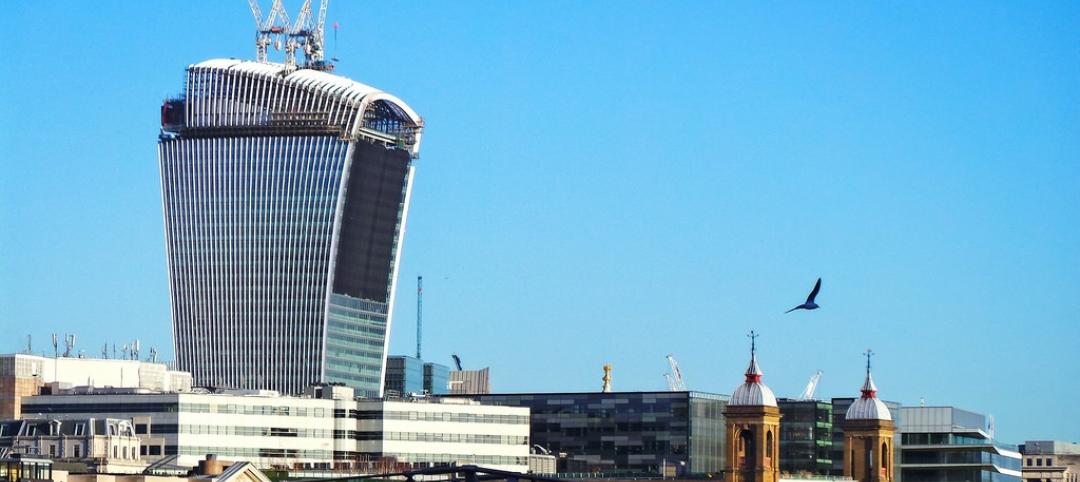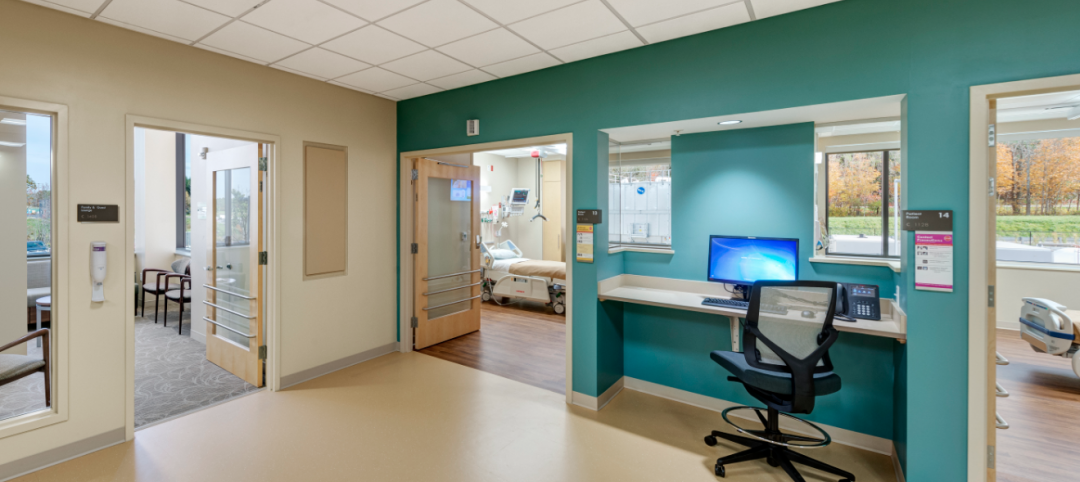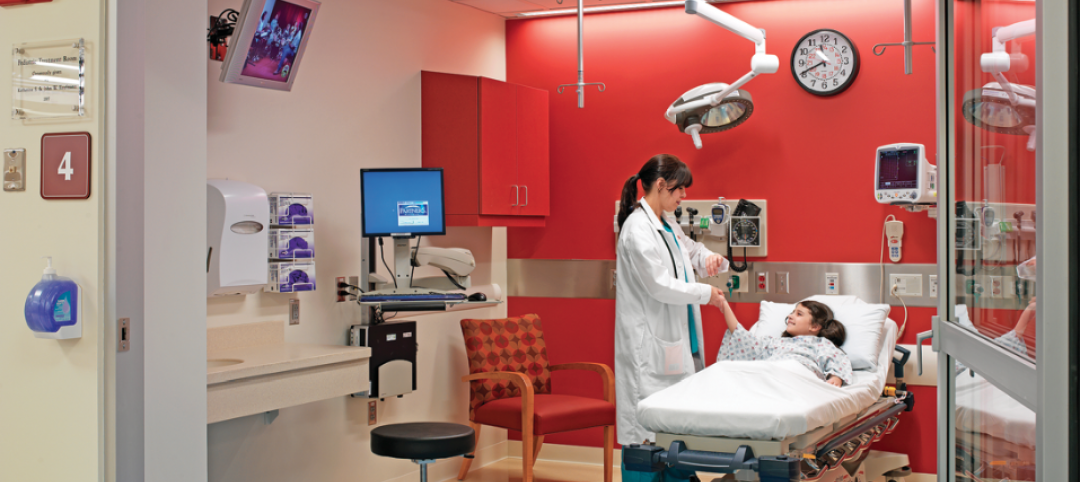New Buildings Institute (NBI) has developed the first ever set of plug load energy use metrics, which will allow commercial building owners and managers to more easily gain insight into their buildings’ energy use and become more energy efficient. Earlier this year, PECI used the NBI metrics to assess plug load energy use at PECI headquarters in the First and Main building in downtown Portland, Oregon. The study, which informed an energy-saving campaign, resulted in an 18 percent kWh reduction of PECI’s plug load.
Review New Buildings Institute Metrics, “Methodology for Reporting Commercial Office Plug Load Energy Use” and PECI case study, “Analyzing Plug Loads.”
According to the Energy Information Agency, plug load – which is defined as electricity use by equipment that plugs into a building’s electrical outlets – is one of the fastest-growing sources of energy use in commercial buildings. In typical offices, 15 to 20 percent of energy use can be attributed to the plug load of computers, monitors, printers, desk lamps, telephones, etc. In buildings with HVAC and/or lighting systems that have been upgraded or improved to be more energy-efficient, plug load can reach as high as 50 percent of total energy use.
The intent of NBI’s new metrics is to set a benchmark for plug load energy use and make it easier for building owners and managers to spot opportunities to improve energy efficiency. The methodology allows an apples-to-apples comparison of plug load energy use across commercial buildings, even if they have vastly different plug load makeups and characteristics.
PECI helped NBI test the theories behind their metrics during a study conducted in the Portland offices of PECI. PECI’s LEED Platinum office is equipped with an energy management system that allows circuit-level monitoring of energy use throughout the office space. This fact, coupled with PECI’s commitment to the study, practice and influence of responsible energy management, made the site – and the pairing – ideal.
NBI’s metrics showed that PECI’s plug load performance during business hours was already quite good, with numbers comparable to the metrics’ lowest reference value. Overnight, however, PECI’s plug load rated more poorly, with values above the metrics’ median.
“We discovered our higher overnight plug load was primarily due to people leaving their computers in ‘sleep mode’ when they left the office for the day,” said Joan Effinger, Engineering Manager at PECI. “We were excited to use the findings as an opportunity to improve.” PECI launched an internal campaign to motivate people to completely shut off their computers at the end of the day, which contributed to an 18 percent kWh reduction of plug load.
“It was very valuable to conduct such a successful test in a real-world situation,” said Cathy Higgins, Research Director of NBI. “Hopefully this is the first of many cases when people use these new metrics to improve the performance of buildings and reduce energy and cost.”
[1] Plug loads are a part of what is known as Miscellaneous Electrical Loads (MELS)
About PECI
PECI is a nonprofit corporation dedicated to creating the new energy economy. We are leaders in the field of energy resource management, with expertise in designing and implementing energy efficiency programs for utility and government agency clients. Our work helps millions of residential, commercial and industrial utility customers reliably save energy and money. We were founded in 1979 in Portland, Oregon and currently work with clients nationwide. To learn more, visit www.peci.org.
About NBI
Established in 1997, New Buildings Institute (NBI) has been a driving force in advancing energy code stringency, most notably with the adoption of the 2012 International Energy Conservation Code (IECC), which was based largely on NBI's Core Performance Guide--a prescriptive approach to high performance commercial buildings. The organization also advocates for measuring building energy performance in occupancy rather than relying on modeled predictions to assess efficiency levels, and has become a clearinghouse on zero-net energy policies and practices. To learn more about NBI go towww.newbuildings.org or call 360.567.0950.
Related Stories
Sponsored | Architects | Sep 4, 2015
Sydney-based Architectural Firm Dramatically Increases Productivity
ArchiOffice enables the firm to spend less time on managing projects by providing relevant information in one place.
Industrial Facilities | Sep 3, 2015
DATA CENTER SECTOR GIANTS: Fluor, Gensler, Holder Construction among top data center AEC firms
BD+C's rankings of the nation's largest data center sector design and construction firms, as reported in the 2015 Giants 300 Report
High-rise Construction | Sep 3, 2015
Rafael Viñoly's 'Walkie-Talkie' tower named U.K.'s worst new building
The curved, glass tower at 20 Fenchurch Street in London has been known to reflect intense heat onto the streets below (in one instance damaging a car) and cause severe wind gusts.
Airports | Aug 31, 2015
Surveys gauge users’ satisfaction with airports
Several surveys gauge passenger satisfaction with airports, as flyers and airlines weigh in on technology, security, and renovations.
Airports | Aug 31, 2015
Small and regional airports in a dogfight for survival
Small and regional airports are in a dogfight for survival. Airlines have either cut routes to non-hub markets, or don’t provide enough seating capacity to meet demand.
Airports | Aug 31, 2015
Airports expand rental car facilities to ease vehicular traffic at their terminals
AEC teams have found fertile ground in building or expanding consolidated rental car facilities, which are the No. 1 profit centers for most airports.
Airports | Aug 31, 2015
Experts discuss how airports can manage growth
In February 2015, engineering giant Arup conducted a “salon” in San Francisco on the future of aviation. This report provides an insight into their key findings.
Healthcare Facilities | Aug 28, 2015
Hospital construction/renovation guidelines promote sound control
The newly revised guidelines from the Facilities Guidelines Institute touch on six factors that affect a hospital’s soundscape.
Healthcare Facilities | Aug 28, 2015
7 (more) steps toward a quieter hospital
Every hospital has its own “culture” of loudness and quiet. Jacobs’ Chris Kay offers steps to a therapeutic auditory environment.
Healthcare Facilities | Aug 28, 2015
Shhh!!! 6 ways to keep the noise down in new and existing hospitals
There’s a ‘decibel war’ going on in the nation’s hospitals. Progressive Building Teams are leading the charge to give patients quieter healing environments.















